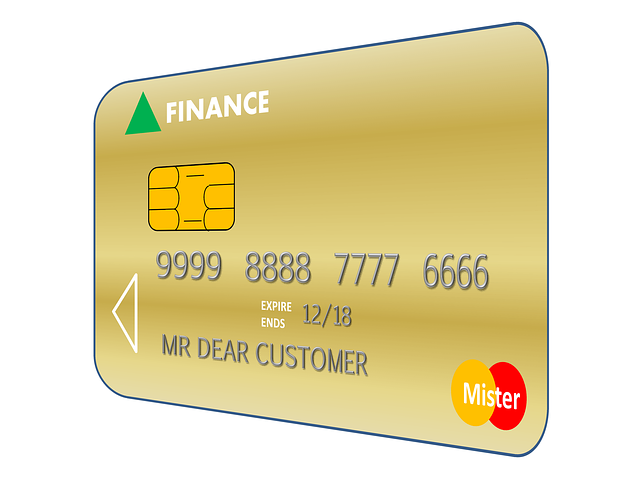Debt restructuring and debt review are strategies for improving financial health, with key differences. Debt review assesses your overall debt situation and budgeting, while debt restructuring renegotiates specific terms like interest rates and repayment periods to create a more manageable plan, ideal for substantial or complex debts. Understanding these distinctions is vital when deciding which method best aligns with your financial goals, with options like loan modifications and debt consolidation under restructuring offering benefits such as lower monthly payments and extended deadlines.
Navigating overwhelming debt can feel like a labyrinth, but understanding your options is the first step towards financial freedom. This article delves into two critical strategies: Debt Restructuring and Debt Review. We’ll explore how each approach works, their unique benefits and considerations, and guide you in making an informed decision based on your specific circumstances. Whether facing personal or business debt, understanding these options is a vital first step towards financial stability.
- Debt Restructuring: Reorganizing Your Financial Obligations
- – Definition and process of debt restructuring
- – Types of debt restructuring options (e.g., loan modification, debt consolidation)
Debt Restructuring: Reorganizing Your Financial Obligations

Debt restructuring is a strategic approach to managing debt by reorganizing and restructuring existing financial obligations. This process involves renegotiating terms with creditors, often leading to lower interest rates, extended repayment periods, or both. By doing so, individuals or businesses can better align their debt payments with their current financial capabilities, providing much-needed relief from the burden of overwhelming debt.
When considering debt restructuring versus debt review, it’s crucial to understand that while both aim to improve financial health, they differ in scope and impact. Debt review typically involves assessing your overall debt situation and creating a budget to manage it effectively. In contrast, debt restructuring goes further by directly modifying the terms of your debts, offering a more comprehensive solution for those struggling with substantial or complex debt obligations.
– Definition and process of debt restructuring

Debt restructuring is a strategic financial solution for individuals or businesses struggling with overwhelming debt. It’s not about simply reviewing your debt; instead, it involves a comprehensive process where terms and conditions of existing debts are renegotiated to create a more manageable repayment plan. This can include lower interest rates, extended repayment periods, or even the forgiveness of certain types of debt. The goal is to simplify and optimize debt obligations, making them easier to pay off without causing excessive financial strain.
When considering debt restructuring vs. debt review, it’s crucial to understand that while a review may help assess your current situation, restructuring goes a step further by directly transforming your debt load. Restructuring is often more suitable for those with substantial debt and significant variations in their ability to repay. In contrast, a debt review typically involves an analysis of your financial standing to better understand the scope of your debt and potential options available, which can then guide you towards a decision on whether restructuring or other strategies are most beneficial.
– Types of debt restructuring options (e.g., loan modification, debt consolidation)

When considering debt restructuring vs. debt review, understanding the available options is key to finding the best path forward. Debt restructuring involves making significant changes to your existing debt agreements, such as modifying loan terms or consolidating multiple debts into one. This can include lower interest rates, extended repayment periods, or even a portion of the debt being forgiven under certain circumstances.
Popular methods include loan modifications, where lenders agree to alter the original loan conditions based on your financial situation, and debt consolidation, which combines multiple debts into a single loan with potentially lower interest rates. These strategies aim to make debt management more manageable by reducing monthly payments and extending repayment deadlines, offering much-needed relief during challenging financial times.
When facing financial challenges, understanding the distinction between debt restructuring and debt review is crucial. While both aim to alleviate debt burden, they differ in approach. Debt restructuring involves reorganizing existing debts into a new agreement, often with modified terms. This could include lower interest rates or extended repayment periods. On the other hand, debt review focuses on assessing your financial situation and providing recommendations for better management. It’s a strategic look at your debt landscape, guiding you towards informed decisions. Whether opting for restructuring or reviewing, taking control of your finances is the first step to financial freedom.

